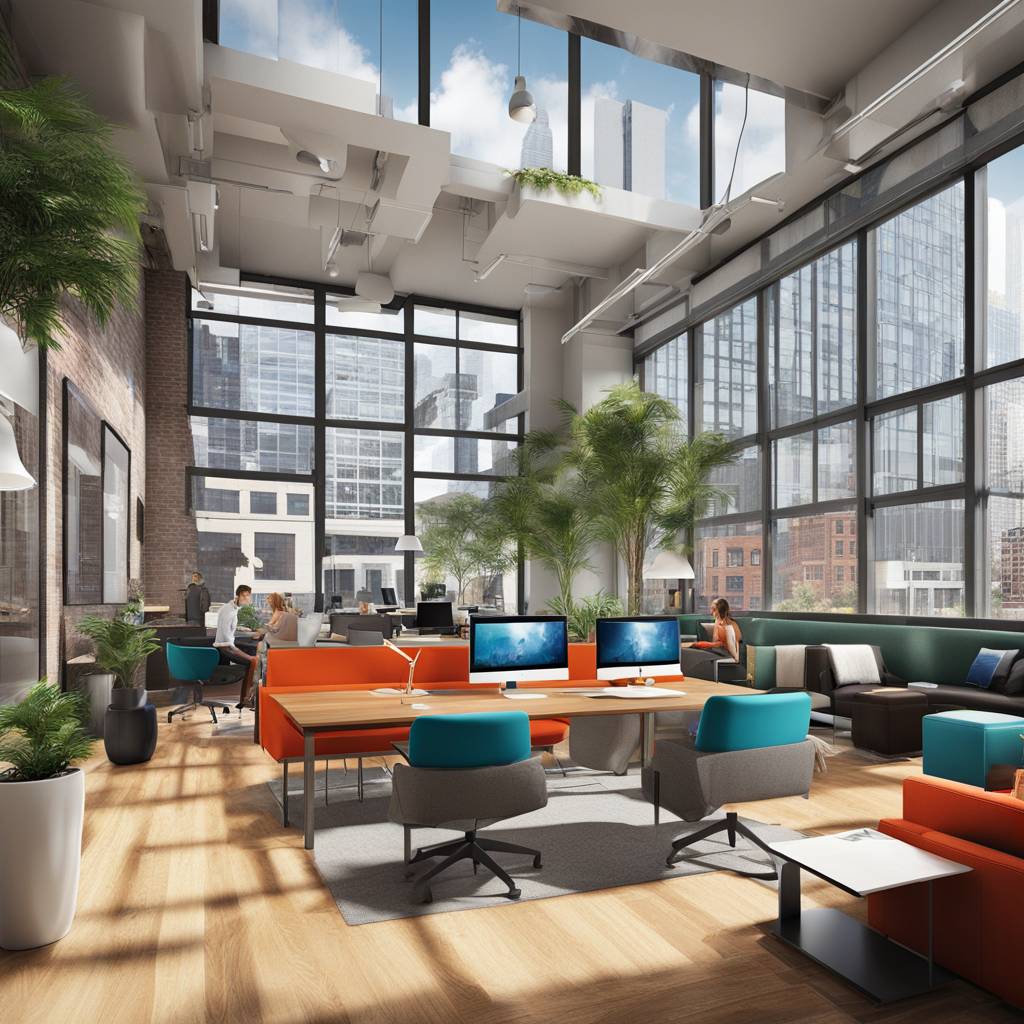Office-to-residential conversions have become a popular topic in discussions surrounding the future of post-pandemic cities, downtown regeneration, and efforts to combat rising housing costs. With the rise of remote work, especially in the tech-centric Seattle area, many office buildings are now partially occupied or empty and no longer needed for their original purpose. In an effort to generate tax revenue, Seattle Mayor Bruce Harrell has proposed easing the conversion approval process by providing exemptions from design review standards and Mandatory Housing Affordability (MHA) requirements, in hopes that this could be a key factor in Seattle’s downtown recovery.
However, the challenges involved in office conversions go beyond just streamlining the approval process. One major obstacle is the cost, as office buildings were not initially designed for residential use and significant renovations are often necessary to create livable spaces. This includes the construction of new kitchens and bathrooms, as well as modifications to facades, ceilings, stairways, and walls to allow for more natural light. In addition, the expense of these changes is further compounded by the need to comply with various land use, building, and energy codes that differ significantly between residential and commercial properties.
Kevin Wallace, president of Wallace Properties, highlights that building residential real estate may not be financially lucrative for developers, making office conversions a less attractive option. Levine, a former director of affordable housing at the Seattle Housing Authority, believes that the proposed concessions from Mayor Harrell are insufficient to address the high costs associated with conversions, which are often even higher than new construction. Moving forward, there may be a need for additional city subsidies to make such projects viable.
While there is a limited number of suitable buildings for conversions in many large cities, including Seattle, some suggest that a nuanced approach will be necessary to navigate the complexities involved. National examples of successful office-to-residential conversions exist in cities like Washington D.C., Chicago, and Boston, showing that it can be done effectively. However, challenges remain, as some previous office conversions have resulted in housing issues such as asylum and slum housing problems. Seattle’s first post-pandemic conversion, the Queen Anne Plaza building, is currently under review, indicating a potential shift towards more mixed-use spaces combining work and living areas.
Looking ahead, Seattle could consider embracing mixed-use spaces that incorporate both work and residential areas in the same building. This could potentially reduce costs and align with the increasing trend of remote and flexible work arrangements among the city’s tech workforce and employers. By creating spaces that promote reduced commute times, improved work-life balance, and a collaborative culture, Seattle may be able to adapt to the evolving needs of its residents and businesses. Ultimately, a broad and innovative approach will be necessary for office-to-residential conversions to be successful in the long term.












